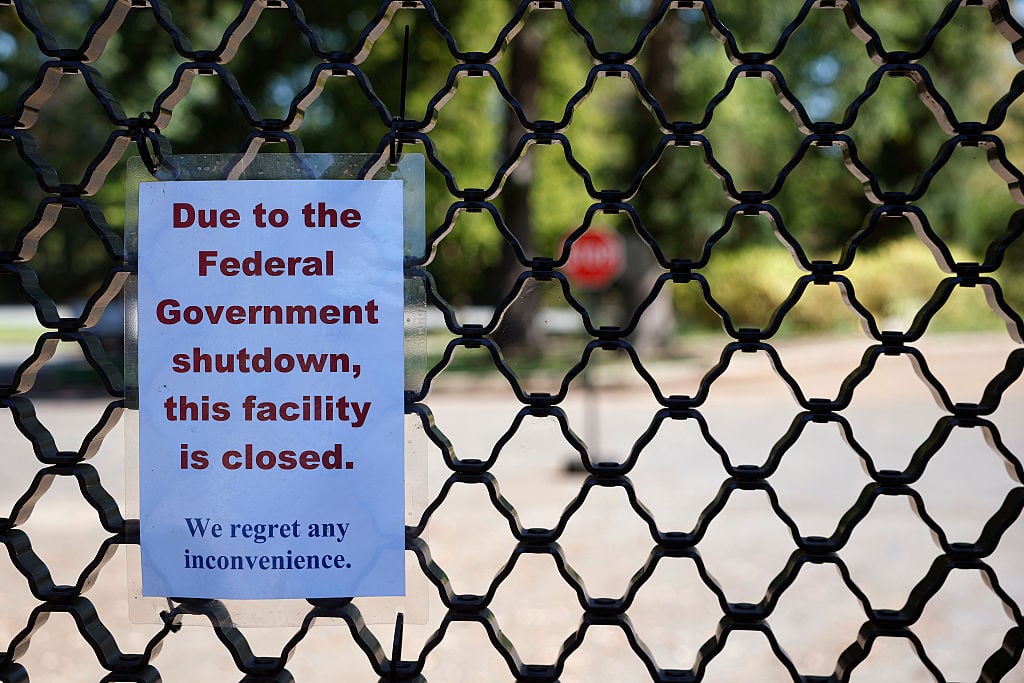
"You have a bunch of yellow tape in front of some national parks, government agencies shutting down, disgruntled government employees who are not getting paid and run into personal finance issues. And then when the dust settles, it seems like it's all over. The employees are receiving back pay, so they get paid for all the money that they missed out on."
"What we find is that the real costs actually start only after these employees are back at their desks. They lose morale and motivation, and once they're back at their desks, they will spend quite a bit of time on LinkedIn looking for a new job. And they're not in a rush. But within roughly four to eight quarters-within two years-roughly 10,000 to 15,000 employees"
Shutdowns produce immediate public disruptions and financial hardship for furloughed staff, but the deeper costs appear after operations resume. Employees receive back pay yet suffer lasting losses in morale and motivation, prompting prolonged job searches that reduce on-the-job productivity. Within roughly four to eight quarters, voluntary departures rise by about 10,000–15,000, creating staffing gaps and knowledge loss. Lower morale and increased turnover erode bureaucratic efficiency and prolong operational recovery, raising long-term human-resource costs. Threats of further layoffs and devaluation accelerate attrition and undermine service delivery across affected agencies. Recruiting and training replacements adds fiscal and organizational strain.
Read at Washingtonian - The website that Washington lives by.
Unable to calculate read time
Collection
[
|
...
]